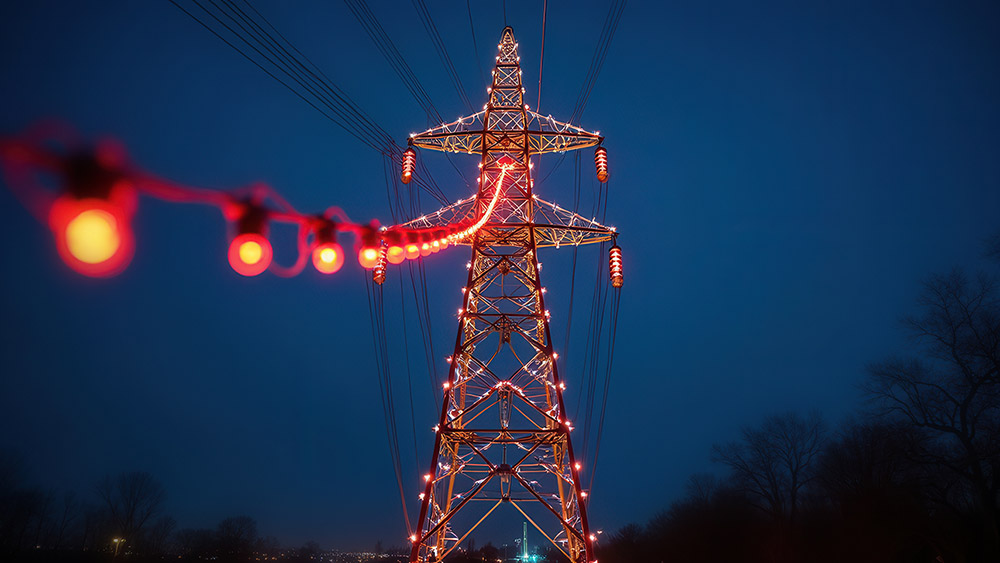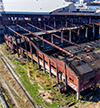Manufacturing site selection used to revolve around a few classic fundamentals: labor, logistics, land. Then labor became the headline grabber, especially in the years leading into and immediately after the pandemic. But today? It’s all about electrons.
Power is the bottleneck. It doesn’t matter how good the labor pool looks or how much dirt is available if the substation down the road is already maxed out or if the local utility says it’ll be 36 months before you can get transmission upgraded. Projects are dying on the vine because we just don’t have enough juice where it counts.
The shift happened fast. Five years ago, clients would ask for workforce heat maps and cost-of-living data. Now, the first question is megawatts. Power is no longer a check-the-box item. It’s make or break. And the stakes keep getting higher as automation ramps up and data centers spread like wildflowers.
Power is no longer a check-the-box item—it’s make or break.
If you’re planning a 500,000-square-foot facility, you’re probably looking at 15 to 25 megawatts of power needs. Good luck finding that on a spec site in a hot market. Most of the institutional industrial product that was built in the last cycle wasn’t designed with power in mind. It was a race to chase the top end-users and 3PLs in the warehouse gold rush, and the assumption was that if you had four walls and a roof, someone would come along and plug in their conveyor belts.
Not anymore. These days, the first site tours start with: Where’s the transmission line? What’s the voltage? Can it be stepped down? Is there room at the substation? If not, how long will it take to build a new one, and who pays for it? If the answer to any of those questions is fuzzy, the site drops off the list.
36
The data center boom isn’t helping. Big tech is buying up power in big chunks, and they’re doing it faster than the utilities can build it. One hyperscale data center can suck down 500 megawatts, which is more than 30 times the need of a typical large-scale manufacturing facility. That makes competition fierce, especially for Tier 1 suppliers and midsized manufacturers who can’t just write a blank check to the utility.
To make things worse, different players speak different languages. Developers talk in amps. Manufacturers talk in megawatts. There’s a constant need to translate between the two, and a lot gets lost in the process. That disconnect leads to unrealistic timelines, busted budgets and sites that looked good on paper until you find out the utility was going to take four years to deliver power.
One hyperscale data center can suck down 500 megawatts.
If you’re a manufacturer right now looking for a new site, the smartest thing you can do is flip the script. Don’t just assume you’ll get power. Ask for the due diligence up front. Everyone’s interpretation of heavy power is different.
There are still a few gems out there—legacy sites with built-in capacity, brownfields with existing substations or markets where the utility has been proactive. But those are getting snapped up fast. Everyone is chasing the same needle-in-a-haystack alignment of power, labor and real estate. It’s never been harder to find all three in one place.
Bottom line: Electrons are the new gatekeepers. If your site doesn’t have the power, it doesn’t have a future. Plan accordingly.



